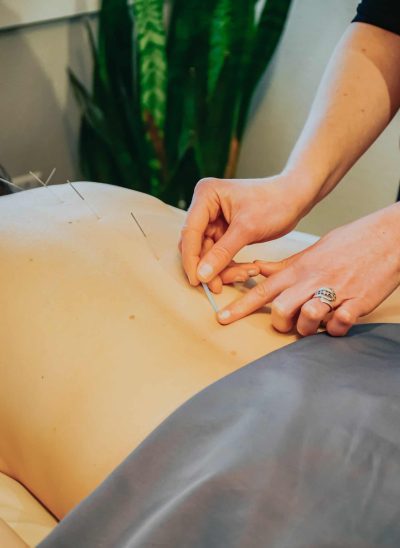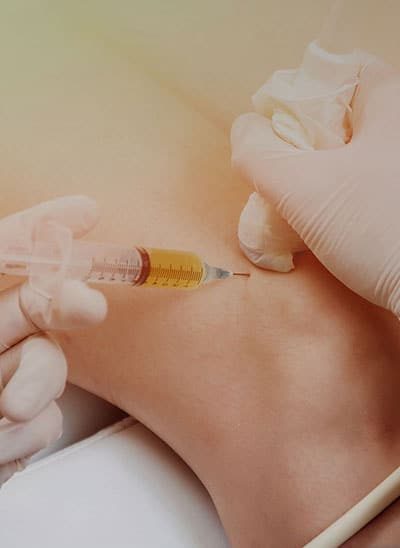If you have suffered the sharp, burning intensity of persistent nerve pain, you are aware of the equal frustration of finding a treatment to actually make the pain go away. The physicians at FoRM Health in Portland, Oregon may have an answer for you using advanced ultrasound imaging to get a needle very close to the affected nerves. They have used this relatively new technique to successfully treat common conditions such as carpal tunnel to more hard to identify causes of pain and sensitivity.
What conditions can Nerve Hydrodissection be effective for?
- Carpal tunnel
- Tarsal tunnel syndrome
- Cubital tunnel syndrome
- Sciatica, when related to entrapment at the piriformis or gluteal region
- Meralgia Paresthetica (lateral femoral cutaneous nerve entrapment)
- Peroneal nerve entrapment, foot drop
- Pain that mimics joint or tendon problems without (or with) specific damage of these structures (for example, “tennis elbow” from radial nerve entrapment)
- Regions of skin hypersensitivity and persistent, burning pain
How does nerve hydro-dissection actually work?
Certain nerves are prone to getting compressed or entrapped, especially between tissue layers affected by scarring, tension and chronic injuries. The nerves can get stretched, irritated, and then inflamed, causing persistent pain and hypersensitivity. Using ultrasound, your doctor can visualize the swollen nerves and then get a small needle very close, injecting fluid around the nerve to relieve pressure and adhesions. The result? Pain relief, often without the use of any anesthetic at all.
Schedule with FoRM Health’s Nerve Hydrodissection specialist in Portland, Oregon:
FAQ
Typically just dextrose and water is injected. No anesthetic, no steroid, no other drugs. We are relying on the fluid pressure to release the nerve constriction. Additionally, dextrose has a calming or analgesic (pain relieving) effect on nerves due it binding a specific receptor present when a nerve is constricted and inflamed. Often, we even don’t use anesthetic beforehand as the needles are quite small, plus we like to see immediate pain relief from the hydrodissection, without it being covered up by an anesthetic.
Despite the name, we are not actually dissecting the nerve. We don’t touch the nerve, but get very close, and then use the fluid (hydro) pressure to separate the surrounding tissue from the nerve (dissect).
This varies depending on how long the nerve has been constricted, the size of the nerve, and structures around it. We typically see at least a temporary response with the first treatment, with permanent results with as few as 2-3. Some conditions may need up to 8-10 treatments for lasting results.
There is typically minimal soreness at the injection site for 1-3 days after treatment. Normal activity can be resumed immediately, although strenuous activities should be avoided for a few days to allow tissue recovery.
While our office is located in SE Portland, Oregon, many of our patients travel from the greater Portland area, including: Lake Oswego, Beaverton, Hillsboro, Tigard, Milwaukie, Happy Valley, and Oregon City, for in-office visits and procedures. We also offer virtual office visits, which allows us to provide service to anyone seeking care within Oregon, with the exception of procedures which must be performed in office.
















